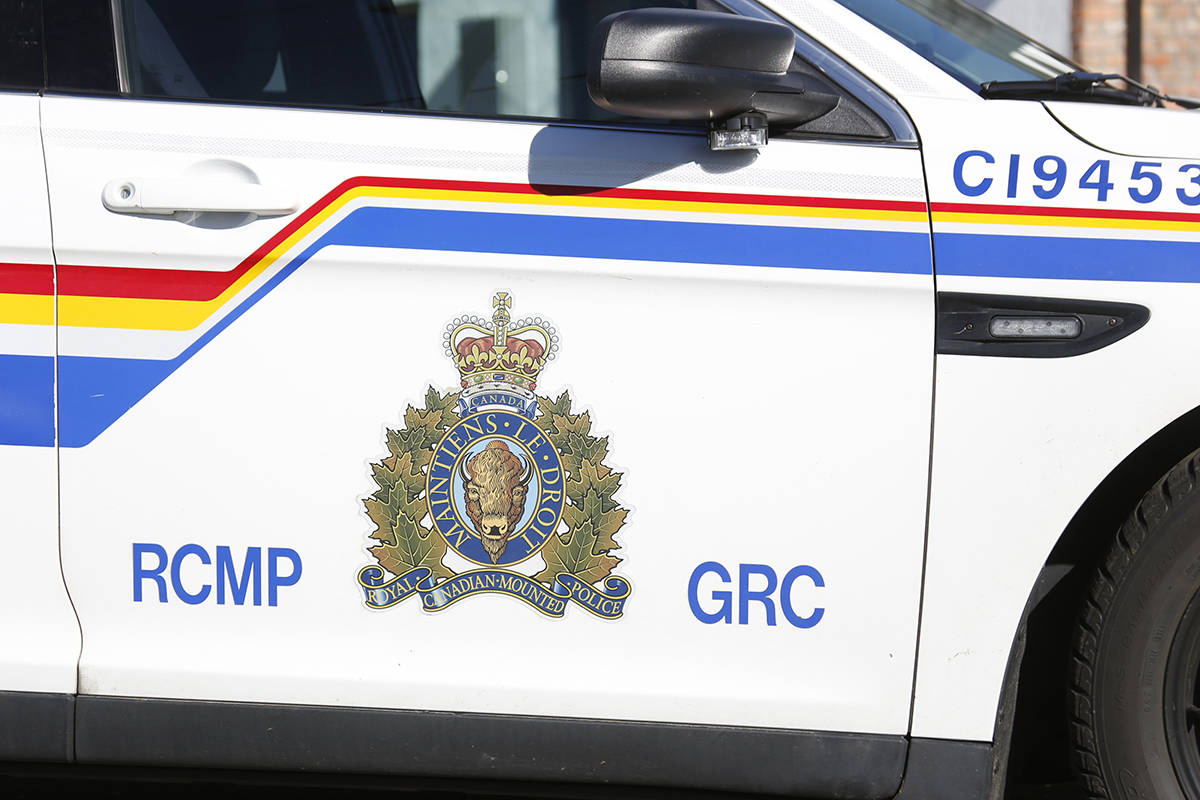Central Alberta has been experiencing one of the most challenging winters in a great many years. The main difficulty has been the record snowfalls.
There has also been some spells of very cold weather. Fortunately, there have been some very welcome warm chinooks as well.
The problems of this winter have not been limited to bad roads and endless shoveling of snow. Some buildings have collapsed due to a heavy weight of snow on the roofs. There have also been some tragic traffic accidents.
Nevertheless, despite the many hardships and aggravations that this winter has caused, they pale in comparison to the brutal starvation winter of 1884-1885.
The weather was poor throughout much of the fall of 1884.
Hence the crops were very late in ripening. Frost damage was a major problem for farmers and gardeners. Moreover, heavy snows set in during November that made the completion of the harvest impossible.
The Red Deer correspondent to the newspapers in Calgary and Regina was Robert McClellan. He owned a stopping house, or rudimentary hotel, at the original Red Deer Crossing settlement. He was a highly educated man, but also possessed a wry sense of humour.
In November he wrote “The present winter has been an exceptional one here, as has been the case with every winter since the country was settled.”
He noted the heavy snowfalls and wrote “The beautiful is, between here and Calgary, in unlimited quantities and of a quality that defies the efforts of the hardy cayuse to paw his living”. He added “The only suitable place to winter cattle here is in the immediate vicinity of a haystack.”
Most of the settlers in the district were newcomers and unprepared for the hard winter.
Not enough hay had been cut for the winter. Some ranchers thought that the grassy rangelands would remain relatively free of snow as was usually the case in Southwestern Alberta.
Hence, there was not enough food for their animals. The consequent losses of livestock were very high.
While the settlers suffered from the snow and cold, their conditions were nowhere near as extreme as those suffered by the First Nations and Metis.
Great herds of bison, or buffalo, had, until recently, provided a bountiful supply of food, shelter and clothing. Now, those seemingly endless herds had vanished. The last sighting of wild bison at Red Deer took place in the summer of 1884. There were a mere six animals in the herd.
The result was widespread destitution, and, at times, outright starvation.
This was particularly true amongst the First Nations, even though some government food relief was offered at the new reserves that had been created north in the Battle River region and to the south of Calgary.
To put things in context, Father Constantine Scollen noted that it took 1,000 muskrats to provide as much meat as one buffalo.
Hence, much of the local wild game was hunted out as the First Nations and Metis desperately sought replacement food sources. The lack of bison and other game also meant a shortage of materials to make things such as snowshoes, essential for hunting and travel when faced with deep snow.
In late March 1885, Father Scollen wrote a very moving article in the Edmonton Bulletin about the terrible conditions he found at Buffalo Lake, once a prosperous hub of the bison hunting trade.
He warned what the consequences of such hardships and starvation might mean.
He was quickly proven right. Within a few days, the Metis, and some First Nations, rose in armed revolt against the government because of the horrible conditions that they faced.
Those who had spent their entire lives on the western Canadian prairies quite rightly could not understand how a land of plenty had suddenly become a place of hardship and starvation, and why the government did so little to deal with the crisis.


